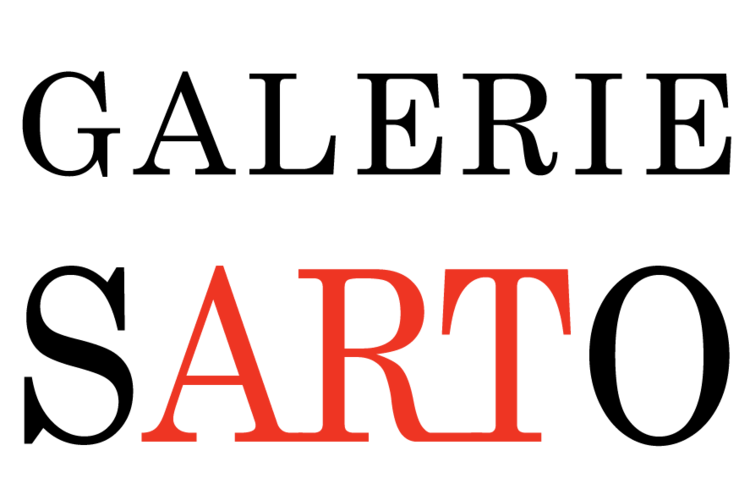Georges Braque (1882 - 1963)
Biography
© Georges Braque in 1908, photographed by Gelett Burgess
Georges Braque was born on 13 May 1882 in Argenteuil-sur-Seine and died in 1963 in Paris. He grew up in a family of painters and decorators. He was eight years old when his family moved to Le Havre. From 1897 to 1899, he attended evening classes at the Beaux-Arts and then followed in his father's footsteps by undertaking an apprenticeship as a painter-decorator. At the age of 18, he went to Paris to perfect his training, where he learned the techniques of trompe l'oeil, fake wood and fake marble, elements that would be decisive in the development of Cubism.
After his military service, he settled permanently in Paris (rue Lepic in Montmartre) and took drawing classes at the Académie Humbert (from 1902 to 1904) where he met Francis Picabia and Marie Laurencin. Braque had only one idea in mind, to become a painter.
Inspired by Cézanne and Fauvism, his first landscapes of L'Estaque and La Ciotat, in 1906 and 1907, at the entrance to the Indépendants exhibition, display cheerful, pure colours and the line remains thick and spontaneous. Braque met with some success there, and several of his paintings were sold. After his discovery of Picasso's "Demoiselles d'Avignon" in 1909 at the Bateau Lavoir, where the poet Guillaume Apollinaire took him, Braque opted for a new vision of painting by seeking to render the three dimensions of the objects seen by the eye on his canvases. The painting Les Demoiselles d'Avignon accompanies Braque's research that will lead to the Grand Nu.
This was followed by five years of intense cooperation between Braque and Picasso, who launched the analytical phase of Cubism by favouring monochrome colours and the explosion of forms. They spent the summer of 1911 together in Céret (Pyrenees, south). "We saw each other every day and talked a lot. We compared our thoughts, our paintings and our techniques, and we didn't always agree, but it was rewarding for both of us. Our friendship was based on the independence of each other," Braque summarised. The cooperation became so intense that the two painters at one point refused to sign their works, which still sometimes causes confusion today.
In 1912, Braque experimented with glued paper on his own, after finding some "fake wood" wallpaper in a decoration shop. With a few charcoal strokes and a sheet of this wood-coloured wallpaper, Georges Braque composed his paintings of musical instruments, such as La Guitare (1912-1913), which is pure but very suggestive. Through other collages of newspaper extracts on sketches of pedestal tables, Georges Braque brought current events into his paintings.
In 1914, he was enrolled in the French army and was sent to the front in November. Braque was seriously wounded in the head and braided, and did not paint again until 1917. But this dramatic period does not filter into his work. He never spoke about it, he digested this period in his innermost being and remained a man of harmony and beauty. The evolution of his friend Picasso's work disconcerted him and their collaboration ended.
For more than a quarter of a century, the painter specialised in still lifes, kitchen utensils, fruit, glasses and bottles, while developing a fascination for unexpected perspectives "to reach the fullness of things", according to him, and experimenting with the addition of sand, pebbles, plaster and other materials in his paintings.
His art has been recognized worldwide: retrospective exhibition at the Kunsthalle in Basel in 1933, at the Beaux-Arts in Brussels in 1936, at the Museum of Modern Art in New York in 1949; Carnegie Prize in 1937; Grand Prix for painting at the Venice Biennale in 1948.
Georges Braque is one of the great figures of 20th century art.
Selected artworks
Georges Braque (1882-1963)
“Seated Woman”
Etching signed lower right and numbered 26/50
9.25 x 7.08 in. (on sight)
(19)34
Sold


